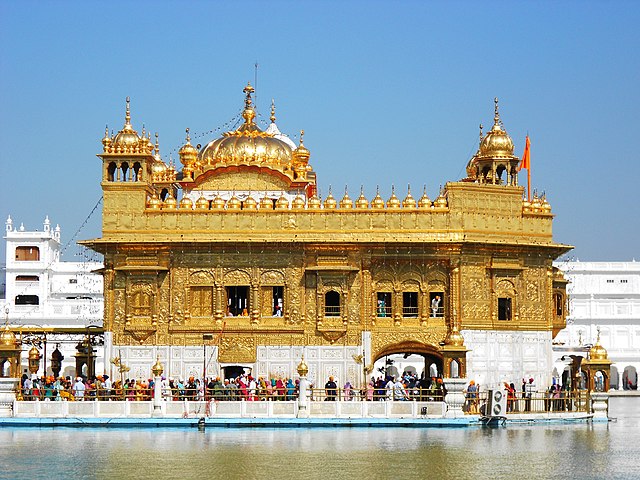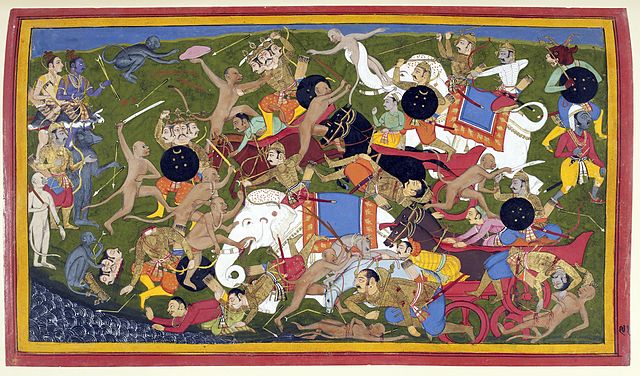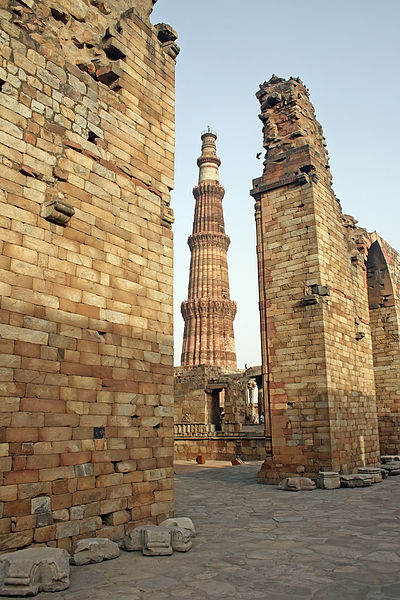North India, also called Northern India, is a geographical and broad cultural region comprising the northern part of India wherein Indo-Aryans form the prominent majority population. It extends from the Himalayan mountain range in the north to the Indo-Gangetic plains, the Thar Desert, the Central Highlands and the northwestern part of the Deccan plateau. It occupies nearly three-quarters of the area and population of India and includes all of the three mega cities of India: Mumbai, Delhi and Kolkata. In a more specific and administrative sense, North India can also be used to denote the Indo-Gangetic Plain within this broader expanse, stretching from the Ganga-Yamuna Doab to the Thar Desert.
Image: Kinnaur Kailash
Image: Victoria Memorial situated in Kolkata
Image: India Gate in New Delhi 03 2016
Image: Golden Temple, Amritsar, Punjab UNAG
India, officially the Republic of India, is a country in South Asia. It is the seventh-largest country by area; the most populous country as of June 2023; and from the time of its independence in 1947, the world's most populous democracy. Bounded by the Indian Ocean on the south, the Arabian Sea on the southwest, and the Bay of Bengal on the southeast, it shares land borders with Pakistan to the west; China, Nepal, and Bhutan to the north; and Bangladesh and Myanmar to the east. In the Indian Ocean, India is in the vicinity of Sri Lanka and the Maldives; its Andaman and Nicobar Islands share a maritime border with Thailand, Myanmar, and Indonesia.
Manuscript illustration, c. 1650, of the Sanskrit epic Ramayana, composed in story-telling fashion c. 400 BCE – c. 300 CE
Cave 26 of the rock-cut Ajanta Caves
Brihadeshwara temple, Thanjavur, completed in 1010 CE
The Qutub Minar, 73 m (240 ft) tall, completed by the Sultan of Delhi, Iltutmish








